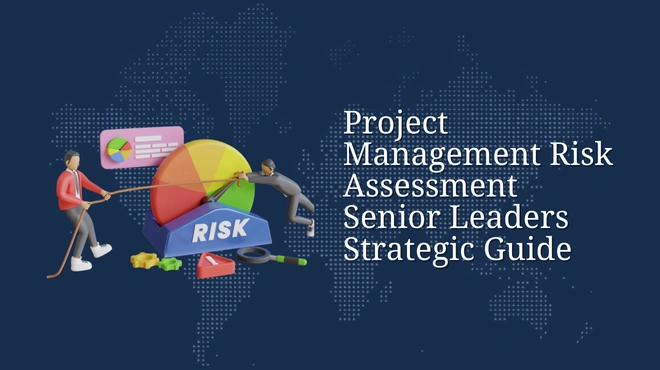Latest Articles
Impact of Social Media:Advantages and Disadvantages
The power of SMM lies in its ability to harness the widespread impact of social media, capitalizing on its strengths whi...
How To Implement Event handling In Java?
While mastering Java fundamentals is crucial for developers in 2025, integrating event handling techniques helps transfo...
What is System Hacking? Types and Prevention
IBM Security recently reported that the global average cost of data breaches reached $4.45 million globally in 2023 - an...
Top 7 Principles of Quality Management System
Quality 4.0 transforms how the Top 7 Principles of Quality Management System are implemented, blending traditional quali...
7 Best AI Startup Ideas for 2026 That Anyone Can Start
Today’s surge in real-world AI applications makes startup opportunities more achievable than ever, echoing the pot...
Hacking Vs Ethical Hacking: What Sets Them Apart?
It's no longer just about keeping people out, but instead building internal resilience. The stakes are gigantic: cyb...
5 Trends that can Shape Your Content Marketing
With content marketing rapidly maturing in 2025, understanding the trends driving this shift has become essential for bu...
How To Make A YouTube Video Viral?
Effective SMM doesn’t just increase visibility—it strengthens the chances of your YouTube content hitting vi...
How to Become a Game Developer: Steps, Skills and Career Guide
The global video game market is set to pass $320 billion in revenue by 2026. This shows that it is a huge and fast-growi...
Project Management Risk Assessment Senior Leaders Strategic Guide
In a recent global look at project results, 56% of those that failed report a weak or shallow way of predicting and hand...
20 Emerging Cybersecurity Trends to Watch Out in 2026
By 2026, losses from cybercrime globally will reach $20 trillion yearly, which would make cybercrime the world's thi...
Capacity Planning Definition Top Methods and Strategies
A surprising fact shows how big the challenge is in today's companies: only 13% of the organizations say their deman...



.jpg)






.webp)






